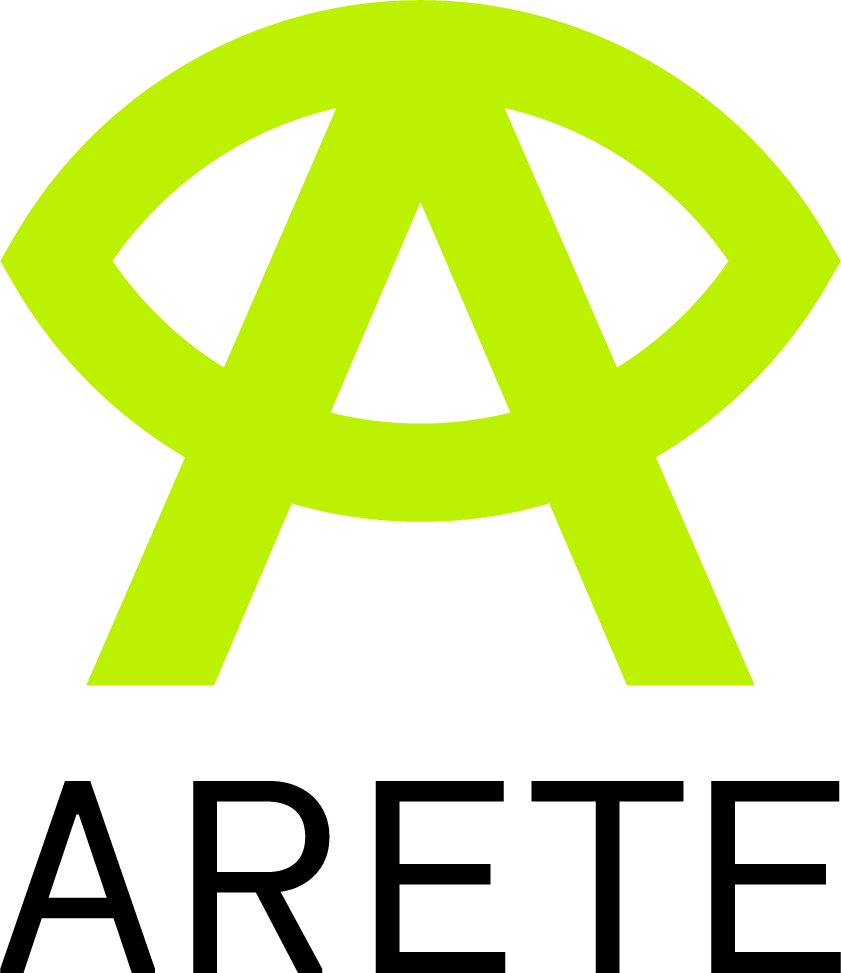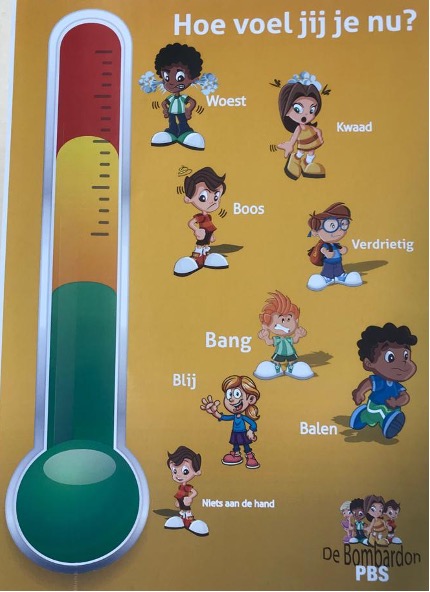The PBIS-AR app as a component of ARETE ecosystem
According to the goal of the ARETE project, a PBIS-AR application will be released. It is designed and developed to support teachers during behavioral lessons to teach and practice expected behavior learning following the guidelines provided by the PBIS framework (Sugai et al. 2000). Specifically, the application can support the following main processes in support of the PBIS practice:
- definition, modeling, and practice of expected behavior;
- recognition and reinforcement of student compliance with expected behaviors.
Taking into account the outline for the PBIS framework, the functionality that the PBIS-AR application will need to offer to its users has been identified:
- Interactive introduction to the system in which the alien character, chosen as the main actor to perform the behavioral routines in the identified scenarios, is introduced to student through an interactive presentation. The interactive dialogue will be developed in AR mode using the balloon system and allowing students to become familiar with the user interface of the application and making them more involved in the learning process.
- Environment setup in which the user will be led to a simple configuration of the work environment by entering a nickname that will be used to track all students’ interactions anonymously and to set the necessary parameters to launch the application in a customized way.
- Play of the teacher's behavioral routines in which students will be able to access the behavioral routine created by the teacher in the specific setting with the MirageXR toolkit. The content will be proposed through 3D AR animations directly in the classroom environment where students are going to learn.
- Behavioral reflection game in AR in which a gamification learning content will be provided to students. Using this feature, students participate in a behavioral reflection game in AR. Through a series of markers located in the various settings, examples and non-examples of behavior are shown to the students to facilitate learning
- Multi-user interactive behavioral activity in which students will have the opportunity to practice behavioral activities through augmented reality, using 3D objects and characters to interact with in a mixed environment.
- Leaderboard and rewards in which the student will be able to view rankings, badges, and combined points (i.e., points and rankings), according to the different behavioral expectations experienced in the AR environment.
These functionalities will be implemented using augmented reality technology.
References
Sugai, G.; J.R. Sprague; R.H. Horner; and H.M. Walker. 2000. “Preventing School Violence: The Use of Office Discipline Referrals to Assess and Monitor School-Wide Discipline Interventions.” Journal of Emotional and Behavioral Disorders 8, No.2 (Apr), 94-101.
Giuseppe Chiazzese
Marco Arrigo
Mariella Farella
Luciano Seta
Antonella Chifari
Doriana Dhrami
Paola Denaro
Istituto per le Tecnologie Didattiche, Consiglio Nazionale delle Ricerche, Palermo, Italy



